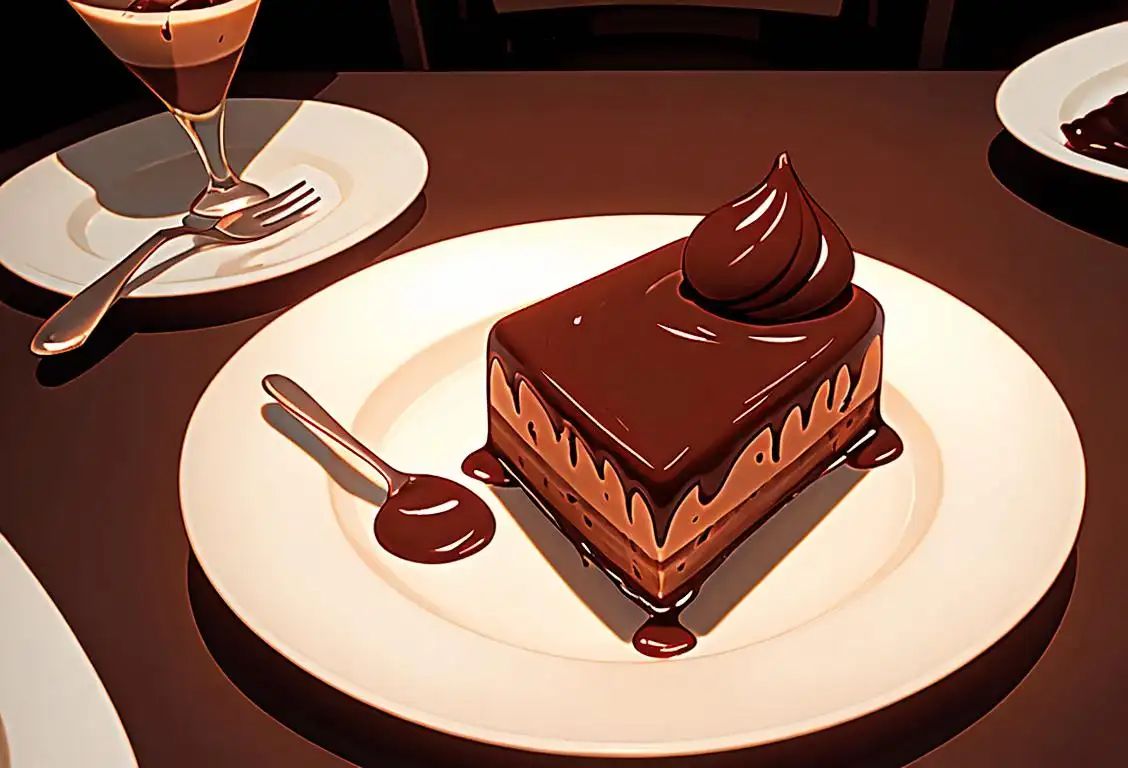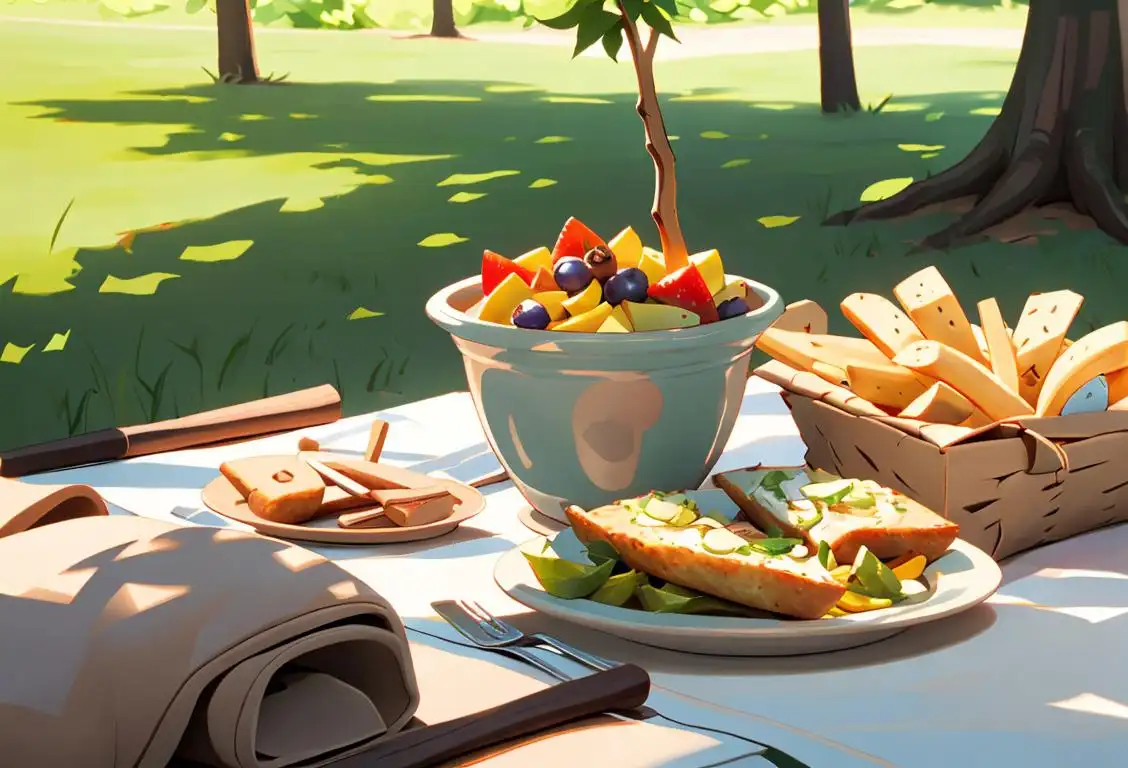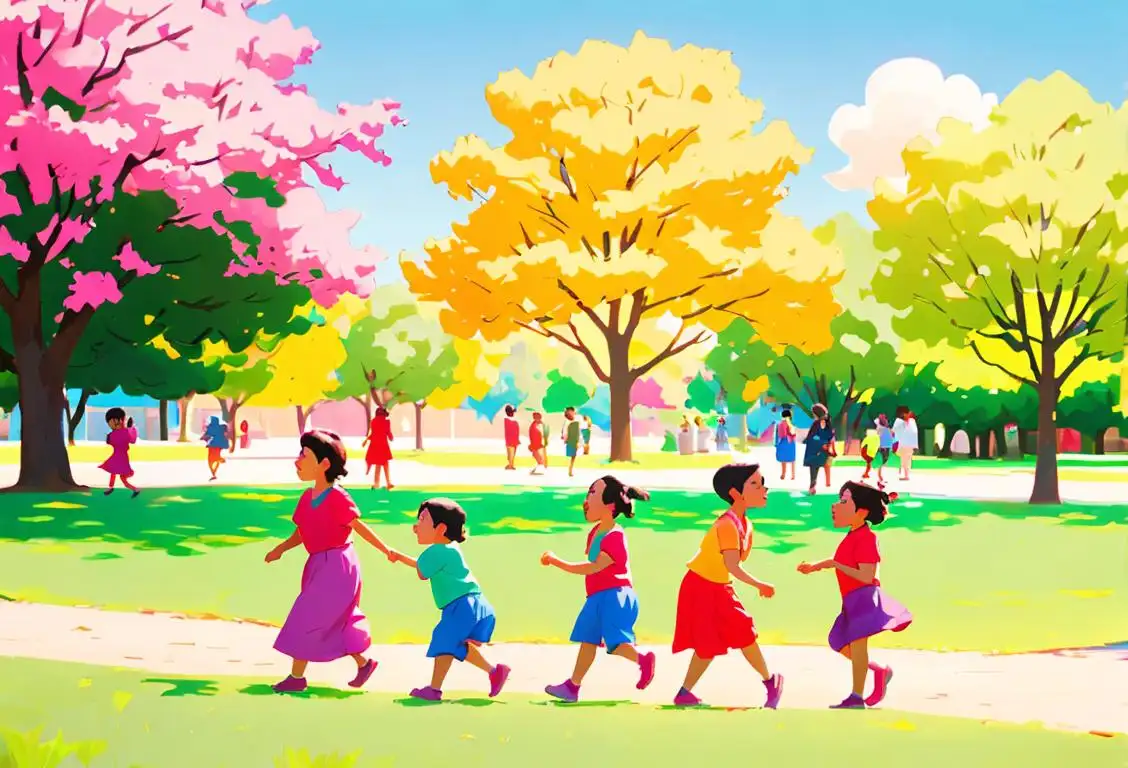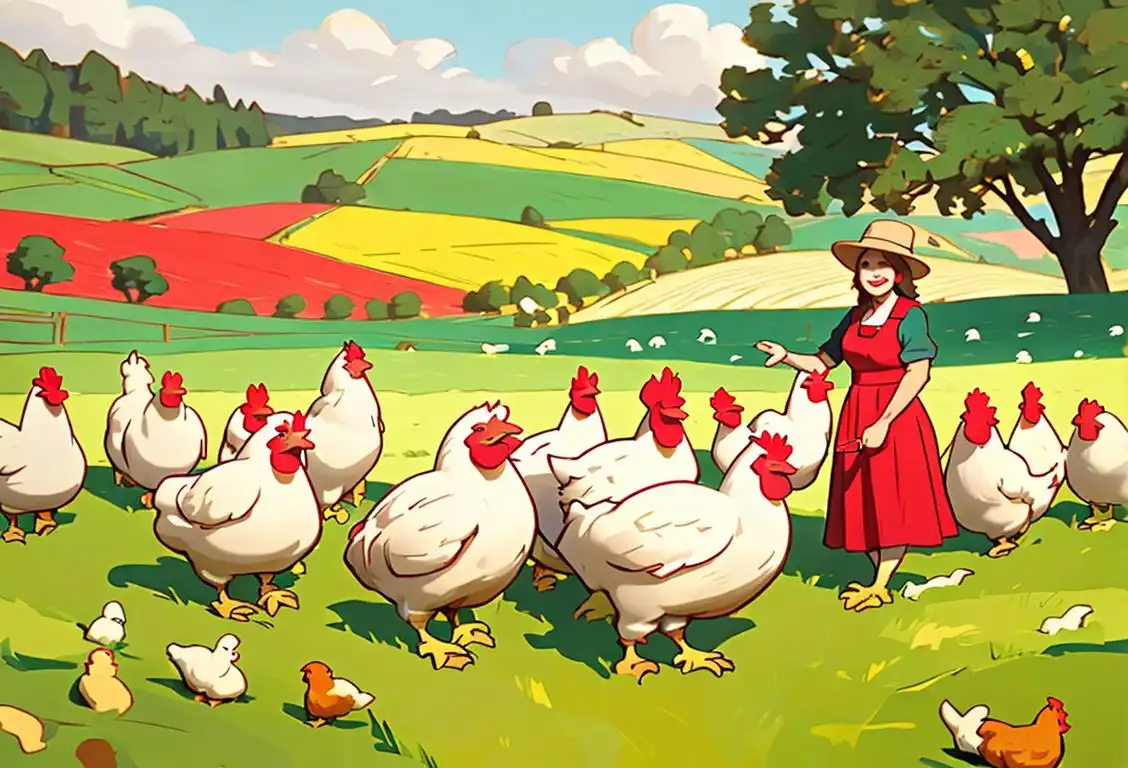National Gum Drop Day

Welcome to National Gum Drop Day, the sweetest celebration around! Whether you prefer them fruity or spicy, chewy or soft, today is the perfect day to indulge in these delightful candy treats. So, grab a handful of gumdrops and get ready for a sugar-filled adventure!
When is Gum Drop Day?
It's national gum drop day on the 15th February.
The Origins of National Gum Drop Day
Gumdrops, those colorful confections that bring joy to our taste buds, have their very own national day. But how did National Gum Drop Day come to be? Well, it all started when a group of candy enthusiasts decided that these sugar-coated delights deserved some extra recognition. They believed that gumdrops were more than just a tasty treat; they were a symbol of happiness and nostalgia.
So, on February 15th, National Gum Drop Day was born, providing a special day for gumdrop lovers to revel in their sugary bliss. Each year, people across the country celebrate this delightful day by popping gumdrops into their mouths, baking them into delicious treats, or simply admiring their vibrant colors.
A Sweet and Flavorful Journey
Now that you know the origin of National Gum Drop Day, let's take a journey into the sweet and flavorful world of gumdrops. These delightful candies come in a variety of shapes, sizes, and flavors. From tangy citrus to zesty cinnamon, there's a gumdrop flavor to suit every taste.
Originally, gumdrops were made by rolling a mixture of gelatin, sugar, and flavorings into small, spherical shapes. However, the production process has evolved over the years, and now gumdrops are available in an array of shapes and textures. Some are even filled with tasty surprises!
Whether you prefer the classic gumdrop or enjoy the modern twists like sour or spicy variations, there's no denying the joy that these bite-sized treats bring. They're the perfect snack for satisfying your sweet tooth or adding a pop of color to your baked goods.
Did You Know?
Did you know that gumdrops have been around for over a century? These beloved candies have been delighting sweet tooths since the late 19th century. Talk about standing the test of time!
History behind the term 'Gum Drop'
Late 1700s
Sugar-Coated Confections
In the late 1700s, the term 'gum drop' emerged as a popular name for sugar-coated confections. These sweets were made by coating small fruit-flavored candies with sugar syrup, giving them a shiny and gummy texture. The term 'gum drop' perfectly conveyed the chewy nature and delectable taste of these treats.
Late 17th century
Sugar-coated confections emerge
In the late 17th century, sugar-coated candies first emerged in Europe. These treats were made by boiling sugar and water together and then coating them in sugar. They were often created in small, round shapes, similar to the gum drops we know today.
Late 18th century
Sweet Confectionaries
During the late 18th century, the term 'gum drop' originated as a descriptor for sweet confectionaries made from a mixture of sugar, gelatin, and flavorings. These confectionaries were usually in the shape of small, rounded drops and had a chewy texture.
19th century
Jelly Babies
In the 19th century, the term 'gum drop' started to be used interchangeably with 'jelly babies' in some regions. Jelly babies referred to a type of candy similar in texture and taste to modern-day gum drops. They were often shaped like small babies and became popular in England and Australia.
Late 1800s
Mass Production Begins
By the late 1800s, advancements in candy-making techniques paved the way for mass production of gum drops. Candy manufacturers started using molds to create uniform shapes and sizes, making these delightful candies more readily available to the public. The affordability and accessibility of gum drops contributed to their growing popularity.
19th century
Gum arabic becomes a key ingredient
During the 19th century, gum arabic, a natural substance obtained from the sap of acacia trees, became a popular ingredient in the production of confectionery. Gum arabic provided a chewy texture and helped to bind together the sugar-coating on candies, including gum drops.
Early 20th century
Gumdrops as a Standalone Term
By the early 20th century, 'gum drop' became widely recognized as a standalone term for chewy, gelatin-based candies. They were available in various flavors, colors, and shapes, including the classic rounded drop shape. Gum drops gained popularity as a popular treat enjoyed by people of all ages.
Early 1900s
Flavor Variety Expansion
In the early 1900s, gum drop manufacturers began experimenting with new flavors to cater to evolving taste preferences. While the traditional fruit flavors like cherry, orange, and lemon remained popular, exciting variations like apple, grape, and lime were introduced. This expansion allowed consumers to enjoy a delightful assortment of flavors in their gum drops.
Late 19th century
German immigrant William J. Wunderle introduces gum drops to America
In the late 19th century, a German immigrant named William J. Wunderle introduced gum drops to America. Wunderle, who had previously worked as a candy maker in Germany, began producing gum drops coated in sugar at his confectionery factory in Ohio. These colorful and flavorful treats quickly gained popularity among American candy lovers.
Mid-1900s
Gum Drops as Holiday Treats
During the mid-1900s, gum drops became closely associated with holiday celebrations, particularly during Christmas. Their vibrant colors, chewy texture, and delicious taste made them a festive favorite. Many people would adorn their holiday desserts, such as gingerbread houses and cakes, with gum drops, adding a playful and tasty touch to the festivities.
Early 20th century
Gum drops become associated with the holiday season
By the early 20th century, gum drops had become strongly associated with the holiday season. Their vibrant colors and sweet taste made them a popular treat for festive occasions, particularly during Christmas. The tradition of using gum drops as decorations for gingerbread houses and other holiday treats further solidified their connection to the holiday season.
1920s
Redefinition and Marketing
In the 1920s, the term 'gum drop' underwent a redefinition and began to specifically refer to a type of fruit-flavored chewy candy covered in sugar. Candy manufacturers started to market gum drops more aggressively, creating vibrant packaging and emphasizing their fruity flavors. Gum drops became a staple in candy stores and often found their place in holiday festivities.
Present Day
Continued Popularity
Today, gum drops remain a popular confectionery enjoyed by people around the world. They are often a go-to treat during holidays, such as Christmas and Easter. Gum drops have evolved over time, with variations that include different shapes, flavors, and textures. They continue to be a beloved candy that brings joy to both children and adults alike.
Present Day
Continued Popularity
In the present day, gum drops remain a beloved candy enjoyed by people of all ages. They are often found in candy stores, supermarkets, and even as ingredients in various desserts and baked goods. With their timeless appeal and the nostalgic memories they evoke, gum drops continue to bring joy to candy enthusiasts around the world.
Today
Gum drops remain a beloved candy
Today, gum drops continue to be a beloved candy enjoyed by people of all ages. Their soft and chewy texture, combined with a wide range of flavors and colors, make them a fun and nostalgic treat. Whether enjoyed on their own or used in various culinary creations, gum drops hold a special place in the hearts (and taste buds) of candy enthusiasts worldwide.
Did you know?
Did you know that gumdrops have been around for over a century? These beloved candies have been delighting sweet tooths since the late 19th century. Talk about standing the test of time!Tagged
nsfw food funFirst identified
15th February 2016Most mentioned on
15th February 2016Total mentions
92Other days
Chocolate Mousse Day
Something On A Stick Day
Children Day
Awareness Day
Frappe Day
Taco And Vodka Day
Happiness Day
Opposite Day
One Day
Poultry Day









